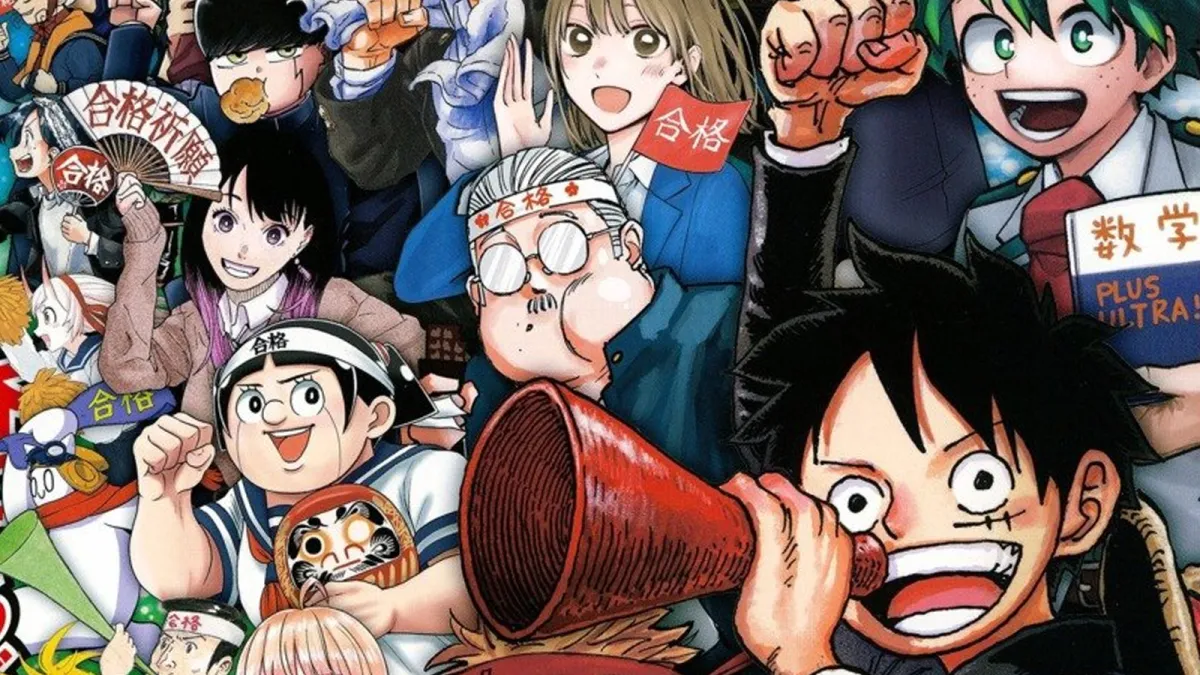The networks that sell virtual items illegally in MMORPGs behave similarly to the networks that sell actual illegal goods in the real world.
Muhammad Aurangzeb Ahmad and Brian Keegan of Northwestern University hypothesized that the illicit activities of virtual worlds would mimic those of the real world. By studying both gold farmers and drug dealers, they found that the techniques used to keep both in business were very similar.
The pair says they compared data from an EverQuest 2 gold farming network with “a drug trafficking ring obtained from a Canadian law enforcement taskforce called Project Caviar.” The data released is a bit complicated, but they found that the gold farming network “exhibits a clear pattern of dissortative mixing that resembles the dissortative pattern observed in the offline Caviar drug trafficking network,” which they say is “key evidence that behaviors in online, virtual worlds also map onto behaviors found in the offline, real world.”
Phew, my brain hurts already. Further, by simulating attacks on both the gold farming and drug trafficking networks, the duo found that gold farming networks “have substantial resilience to both random failures and determined attacks over several orders of magnitude before fracturing into many disconnected components, a pattern which is also found in a real-world drug trafficking network.”
Check out the full article for the specifics of what Ahmad and Keegan researched and discovered, where all of their information is explained in detail with helpful graphs. Considering how drugs and gold are both technically policed goods, it’s not surprising that their networks operate in similar ways. It’s always interesting when aspects of the real world end up making their way into the virtual realm, even if gold isn’t quite as addicting as crack.
Source: Gold Farming via Boing Boing














Published: Jul 23, 2010 10:17 PM UTC